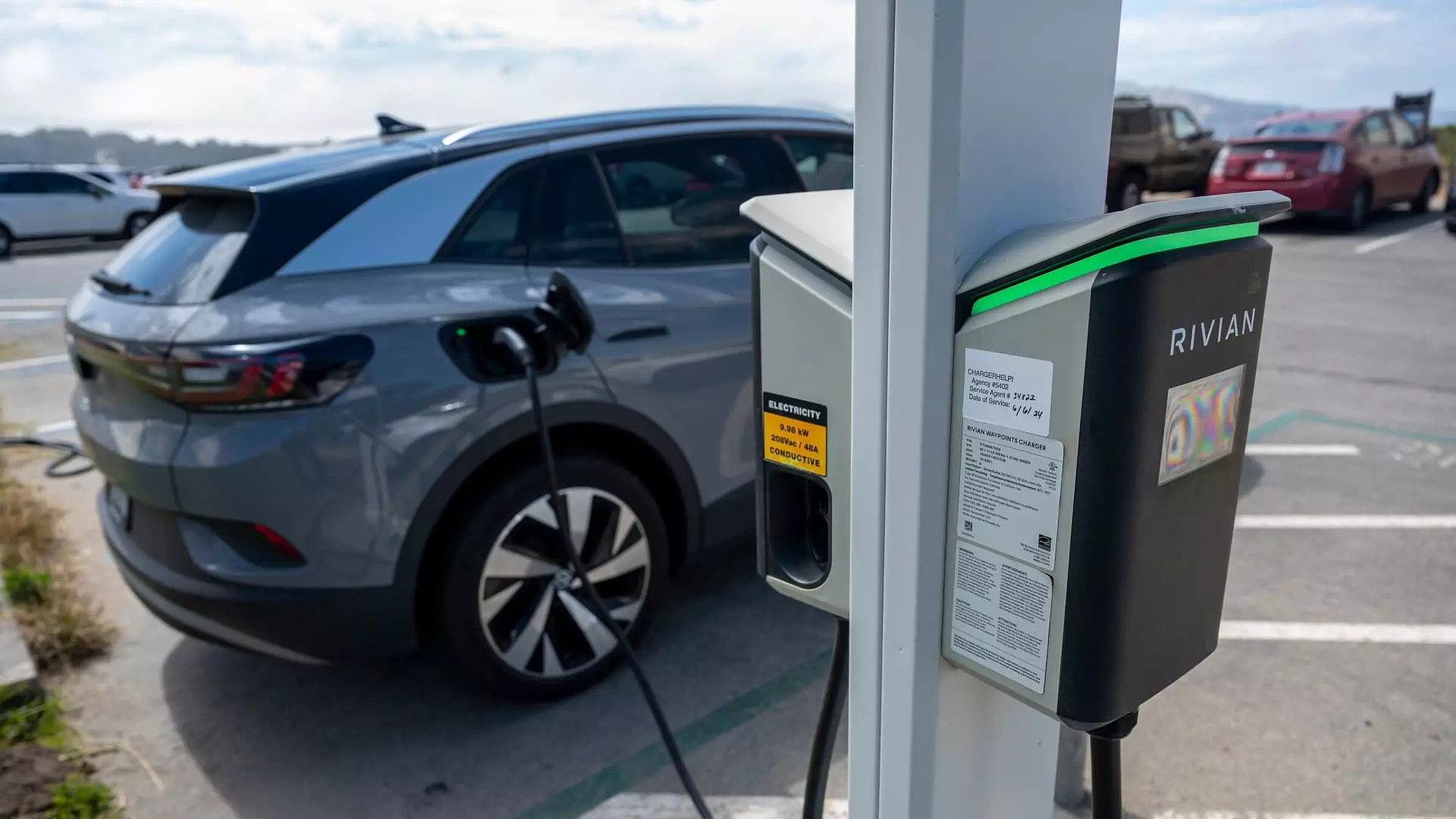When it comes to purchasing a vehicle, upfront costs play a significant role. Electric vehicles (EVs) tend to be more expensive to buy initially compared to traditional gasoline-powered cars. However, the gap is slowly narrowing as car manufacturers are reducing the prices of EVs. In June 2024, the average consumer paid around $56,000 for a new EV, whereas a gas-powered vehicle cost around $49,000. Despite the higher initial cost, the long-term savings potential of owning an EV cannot be overlooked.
While the upfront cost of an EV may be higher, the total lifetime cost of ownership can be lower than that of a gas vehicle. Factors such as fuel charges and maintenance expenses are generally cheaper for EVs, making them a cost-effective option in the long run. A study published by Consumer Reports revealed that owning an EV could potentially save the typical driver between $6,000 to $12,000 over the vehicle’s lifespan compared to a gas-powered model.
The cost comparison between EVs and gasoline cars is heavily influenced by geographical factors. For example, the total lifetime cost of an electric SUV with a 300-mile range can vary significantly depending on the location. Regional differences in electricity and gasoline prices can impact the financial feasibility of owning an EV. States like Texas, with lower gas prices, may find it harder to justify the switch to an EV compared to areas with higher electricity costs.
The accessibility of charging infrastructure also plays a crucial role in determining the economic benefits of owning an EV. Home charging is more cost-effective than public charging, especially in regions where EV owners can leverage lower residential electricity prices during off-peak hours. According to a study by the University of Michigan, access to home charging can reduce the lifetime cost of a 300-mile electric SUV by an average of $10,000, or even up to $26,000.
To promote the adoption of EVs, the federal government offers a tax credit of up to $7,500 to qualifying buyers of new electric vehicles. In addition to federal incentives, states, municipalities, and utilities may provide tax breaks to offset the cost of purchasing an EV or installing charging infrastructure. These incentives help make EVs more appealing to consumers by lowering the overall cost of ownership.
As battery prices continue to fall, experts predict that EVs will become more cost-competitive with gasoline cars in the future. Some smaller EV models are already breaking even with traditional vehicles without the need for incentives. Longer-range EVs, however, are not yet as cost-competitive, especially models that offer a 400-mile range. With ongoing advancements in battery technology and charging infrastructure, the economic landscape of EVs is expected to evolve significantly in the coming years.

